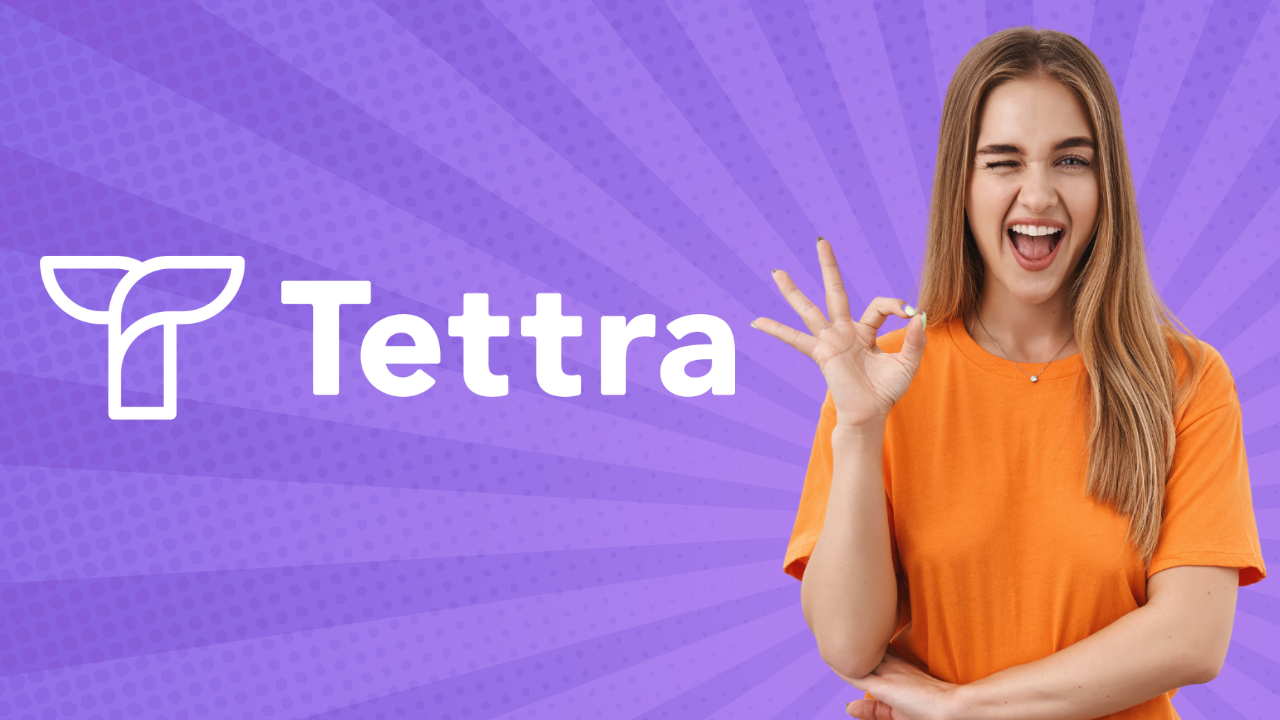There are several knowledge management tools out there to choose from these days. So many, in fact, it can be hard to decide which one will best fit your organization.
In your quest to find the best solution for your team, you may have narrowed down your options to two very similar knowledge management systems (KMS): Confluence vs. Guru.
If you’re looking for some help with some of the nuances that make these tools stand out, you’re in the right place.
Here we’ll shed some light on the Guru vs Confluence debate so you can make the right decision.
What are Confluence and Guru?
Confluence and Guru are two names that come up frequently in the world of knowledge management. Both of these platforms are good KMS that you can use to facilitate knowledge sharing within your organization.
Australian software company Atlassian develops Confluence. Since its release in 2004, its widespread adoption has caused wikis to replace SharePoint and other work management software.
The standout features of Confluence include document collaboration, team communication, and knowledge base creation.
Guru, founded in 2013, is an app that its developers made to help customer-facing team members have access to critical knowledge about products and services at their fingertips. Over time, its evolution into a total KMS makes it a solid alternative to Confluence. It also includes document collaboration, team analytics and 3rd party integrations.
Organizations of all sizes can use these tools for knowledge management. While Confluence is more popular with software development teams, you can use it for any industry. Guru is particularly useful for companies with a large amount of institutional knowledge that you need to share effectively.
Though both of these KMS have great potential to provide knowledge management, they can be a little overwhelming for new users. You may spend more time and money training new team members on the KMS than on their actual job. Also, they can tend to rely a little too much on AI, which can sometimes incorrectly categorize information.
In the following sections, we’ll go more in-depth about how you can use each platform in the context of knowledge management.
- Compare Confluence alternatives
- Compare Guru alternatives
Guru: What does it do?
Guru is a powerful knowledge management system that enables you to capture information and knowledge. You can add and retrieve information from your knowledge base without breaking your workflow.
The main idea of Guru is to help teams stay aligned by having contextual knowledge at their fingertips. It claims to help you save time, money and create better customer experiences.
The Guru browser extension allows you to access your KMS directly from your browser. This allows your team to quickly capture knowledge as they work. Then they can tag keywords to it and share it with others in real-time.
It also has customizable features that allow you to:
- Streamline the sales enablement process
- Create a centralized repository of knowledge
- Build a robust knowledge base for customer support
Pricing
- Starter: Free for up to 3 users; $5/user/month for additional users
- Builder: $10/user/month
- Enterprise: Contact Sales
Pros:
- Easy to update
- Quick access to information
- Integrates with other tools, including Slack and Salesforce
- Customizable permissions
Cons:
- Limited control over individual cards
- Exporting documents to PDF can be tedious
“It’s useful but without proper training I feel its hard to learn to navigate”
– G2 Review
Why use Guru instead of Confluence for knowledge management?
Guru has built-in verification workflows. These ensure that the content you create on the platform always remains up to date.
Any time you create new content, Guru lets relevant team members know. Then they can verify or further update the information.
It also has a browser extension to ensure knowledge is always readily accessible. You won’t have to open a new tab to access what you need.
Guru also features tighter integration with Slack. These integrations allow you to update the knowledge management system directly from the popular messaging app. You can then quickly share information with the team within Slack.
It also allows for bulk actions. You can update and organize multiple pages at one time. Confluence requires a separate plugin in order to do this.
Guru simply has tighter integration and collaboration features than Confluence, which is why customer-facing teams may enjoy its ability to access relevant information quickly.
Confluence: What does it do?
Confluence is a web-based knowledge management system. It allows teams to create, organize, and manage documents. It has a variety of use cases including:
- Knowledge management
- Project management
- Content creation
- Team collaboration
Your team can create pages for their projects. They write documentation or embed images, videos, and other types of media. These pages can then be shared with and edited by others.
You can set permissions to control who can view or edit those pages. It also has powerful capabilities to create databases. Your team can manage workflows and project milestones by creating structured data.
Because both Confluence and the agile software tool JIRA are owned by Atlassian, they have strong integrations. If you’re a heavy JIRA user, then you probably want to stay with Confluence.
However, if your whole team is looking to share knowledge, then Confluence is probably not the best choice, due to its confusing interface and technical leaning
Pricing
- Free for up to 10 users; 2 GB storage
- Standard: $5.75/user/month; 250 GB storage
- Premium: $11/user/month; Unlimited storage
- Enterprise: Contact Sales
Pros:
- Seamlessly integrates with other Atlassian products
- Simple to share documents and knowledge
- Range of available templates and libraries
- Customizable
“…great for sharing files and keeping teams on the same path”
– G2 Review
Cons:
- It can get very expensive as your team grows
- Clunky interface
- Doesn’t integrate well with non-Atlassian products
- Limited search capabilities
“Powerful, but could be more cutting edge”
– G2 Review
Why use Confluence instead of Guru for knowledge management?
Confluence seamlessly connects with other Atlassian apps, such as Jira and BitBucket. This can be a double-edged sword because it may not always integrate the best with other third-party tools. However, it is very efficient when streamlining collaboration using Atlassian native products.
Here’s how Confluence and JIRA work together:
- Linking Confluence Pages to JIRA Issues: With Confluence and JIRA integration, it’s possible to link Confluence pages to JIRA issues. This makes it easy for team members to access relevant documentation and project information while working on a specific issue.
- Embedding JIRA Issues in Confluence Pages: Similarly, JIRA issues can be embedded directly in Confluence pages. This allows team members to see relevant issue information, such as status and assignee, while working on a Confluence page.
- Collaborating on JIRA Issues in Confluence: Confluence also allows team members to collaborate on JIRA issues directly from a Confluence page. For example, team members can leave comments, add attachments, and update issue status without leaving Confluence.
- Creating JIRA Issues from Confluence: Confluence also provides the ability to create JIRA issues from a Confluence page. This can help streamline the issue creation process, as team members can include all relevant information in one location.
Confluence also has basic document management tools. While you may not want to store all of your company’s secure documents in Confluence long-term, it’s a versatile platform that supports several use cases.
Though natively, it doesn’t support much third-party integration, it is very customizable. If you have a development team that can dig into the API to take it to the next level, it can become extremely powerful. Guru does not yet allow for the same level of customization.
Get more info about Confluence from Tettra:
- What is Confluence? Quick overview
- The best Confluence alternatives to try
- Top Confluence apps
- Confluence vs Sharepoint: What’s best?
- Confluence vs Google Docs: Compare
- Confluence vs Notion: What’s easier?
- Confluence vs Tettra: Top KM Tools
Confluence vs Guru: What’s best for Knowledge Management?
Deciding a winner in the Confluence vs Guru debate is going to be a matter of your own priorities and use cases. They both have their own strengths and weaknesses.
If your team’s primary focus is on writing and note-taking, Guru may be the better option. Its interface is slightly more user-friendly than Confluence. Though both can take a little time to get the hang of, Guru has multiple ways to access the KMS or quickly add to it.
If you want a fully customizable knowledge management tool for a large organization, go with Confluence. One of its main power points is the ability to create large databases full of large media files while remaining stable. These databases can be accessed and edited by multiple collaborators at the same time without slowing down.
The best way to decide is to look at your use cases and compare them to the features outlined here. If you’re a small sales team that needs to access product scripts and features quickly, go with Guru. If you’re a large software development team that requires a large amount of documentation for different code syntaxes, go with Confluence.
Compare more tools:
- Guru vs Glean for knowledge management and search
- Guru vs Notion for knowledge management
- 9 best Guru alternatives
- Tettra vs. Guru: What’s best?
What are other knowledge management alternatives?
If you’ve decided that neither Confluence or Guru fits your needs based on their features and use cases, there are other other options available for an internal knowledge base.
Do your research on these alternatives and try some of them out before making a final decision.
- Tettra: Tettra is an AI-powered knowledge management system that helps you curate important company information into a knowledge base, use it to answer repetitive questions in Slack and MS Teams and keep it up-to-date, organized, and complete with automation. Learn more about Tettra and AI.
- Bloomfire: Allows teams to create a searchable knowledge base to share information
- Nuclino: Provides a collaborative workspace to integrate notes, files, and tasks
- Slab: KMS designed to help teams capture and share knowledge. Compare Slab alternatives.
- Notion: All-in-one workspace for project management and wikis. Compare Notion vs Confluence.
- Slite: Collaborate notes app to help teams stay organized and share information. Compare Slite alternatives.


